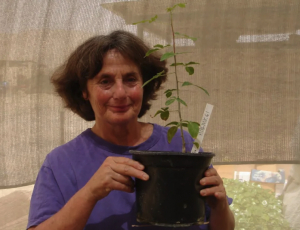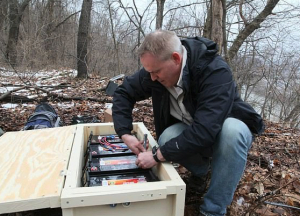|
Trending
NEWSFEED October 7, 2024 |


|
Believe's it may have a biblical connection. Mystery Tree Grown From 1,000 Year Old Seed |
 | ||
|
|
||

|
A 'needle in a haystack.' Pennsylvania Trail Cam Captures Ferocious Animal Thought Eliminated |

|
What the heck! NFL Star Arrested On Heinous Charges |
 | ||||
|
|
|||

|
Say what!? Shock Hackers Figure Out How To Control Cars |

|
Do you believe their promise? Backlash After US City Unleashes Robot Dog |

|
Expected to get even worse. Update In Helene: Ravaged Areas Hits A New Dark Reality |
You are receiving this email because you opted in to Trending Newsfeed's daily newsletter. We take your privacy very seriously and will keep your information in the strictest confidence. We will email you from time to time with relevant news and updates, but you can stop receiving information from us at any time by following very simple instructions that will be included at the bottom of any correspondence you should receive from us.
Copyright 2024. Trending Newsfeed. All rights reserved.
2423 S Orange Ave, Suite 340 Orlando, FL 32806